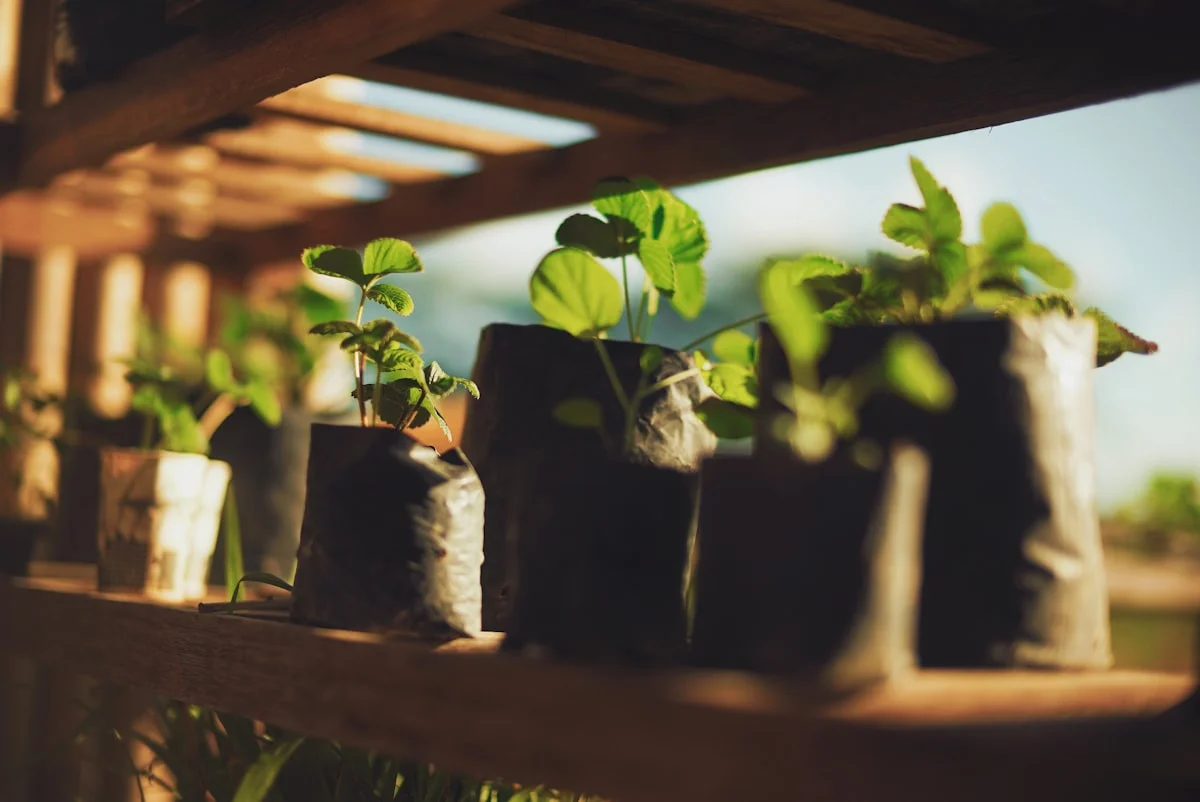Beginner’s Guide to Indoor Low Light Plant Care in 2025
If you’re new to indoor gardening or have a space with minimal sunlight, mastering low light plant care is essential for keeping your greenery thriving. Many urban homes and offices lack bright, direct sunlight, but that doesn’t mean you can’t enjoy lush, healthy plants. This guide will walk you through everything you need to know about low light plant care, from selecting the right species to maintaining their health with simple, effective techniques. Whether you’re a busy professional or a plant newbie, these tips will help you cultivate a vibrant indoor jungle even in the dimmest corners.
Understanding Low Light Conditions for Plants
Before diving into plant selection, it’s important to understand what “low light” actually means. In indoor gardening, low light refers to areas that receive minimal natural sunlight, such as north-facing windows, rooms with small windows, or spaces far from direct light sources. Unlike outdoor plants, indoor species adapted to low light plant care have evolved to thrive with less photosynthesis, making them perfect for darker environments. Knowing your space’s light levels will help you choose plants that will flourish rather than struggle.
Best Low Light Plants for Beginners in 2025
Not all plants can survive in dim conditions, but several hardy species are perfect for beginners. Snake plants, pothos, and ZZ plants are among the top choices for low light plant care because they require minimal maintenance and adapt well to darker spaces. Snake plants, for instance, purify the air and can go weeks without water, while pothos vines grow lushly even in shadowy corners. Peace lilies and philodendrons are also excellent options, offering beautiful foliage and occasional blooms with little effort. These plants are forgiving, making them ideal for those still learning the ropes of indoor gardening.
Essential Tips for Watering Low Light Plants
One of the biggest mistakes beginners make is overwatering, especially in low light environments. Since plants in darker areas photosynthesize slower, they need less water than those in bright light. A good rule for low light plant care is to let the soil dry out slightly between waterings. Stick your finger about an inch into the soil—if it feels dry, it’s time to water. Overwatering can lead to root rot, a common issue in low light settings. Using pots with drainage holes and well-aerated soil can also prevent waterlogged roots, keeping your plants healthy and happy.
Soil and Fertilization for Healthy Growth
Choosing the right soil is crucial for low light plant care. A well-draining potting mix with perlite or orchid bark helps prevent excess moisture retention, which is vital for plants in darker spaces. Since low light plants grow slower, they require less frequent fertilization. A balanced, diluted liquid fertilizer applied every 2-3 months during the growing season (spring and summer) is usually sufficient. Avoid over-fertilizing, as this can cause salt buildup in the soil, damaging the roots. Organic compost or slow-release pellets are also great alternatives for gentle, long-term nutrition.
Common Mistakes to Avoid in Low Light Plant Care
Even with the best intentions, beginners often make a few common mistakes. Placing a low light plant in direct sunlight, thinking it will help, can actually scorch the leaves. Similarly, neglecting to dust the leaves can block the limited light they receive, hindering growth. Another mistake is repotting too soon—low light plants grow slowly and don’t need frequent repotting. Lastly, using the wrong pot size (too large or too small) can stress the plant. By avoiding these pitfalls, you’ll set your plants up for long-term success.
Enhancing Growth with Artificial Light Solutions
If your space is extremely dark, supplementing with artificial light can make a big difference in low light plant care. LED grow lights are energy-efficient and provide the full spectrum of light that plants need. Positioning the lights 6-12 inches above the plants for 6-12 hours a day mimics natural sunlight. This is especially helpful during winter months when daylight is scarce. You don’t need expensive setups—simple clip-on grow lights or even bright white fluorescent bulbs can work wonders for keeping your plants vibrant.
Troubleshooting Common Low Light Plant Problems
Yellowing leaves, leggy growth, and pest infestations are common issues in low light environments. Yellow leaves often indicate overwatering, while leggy stems suggest the plant is stretching for more light. Moving the plant to a slightly brighter spot (without direct sun) or rotating it weekly can help. Pests like spider mites and fungus gnats thrive in damp, low light conditions. Regularly inspecting leaves and using neem oil or insecticidal soap can keep infestations at bay. With patience and observation, you can quickly address these problems before they escalate.
Final Thoughts on Thriving with Low Light Plant Care
Mastering low light plant care doesn’t require a green thumb—just the right knowledge and a bit of attention. By choosing resilient plants, watering wisely, and providing proper soil and occasional light supplements, you can transform even the darkest spaces into lush, green sanctuaries. Remember, the key is patience; low light plants grow slower, but with consistent care, they’ll reward you with beauty and cleaner air. Whether you’re decorating a dim apartment or adding life to an office, these tips will help you succeed in your indoor gardening journey in 2025 and beyond.

